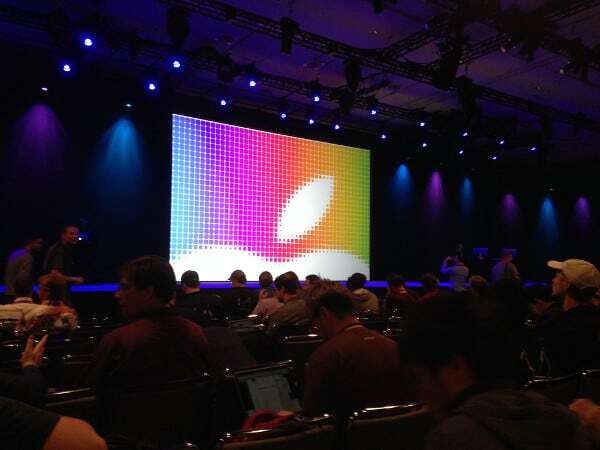At WWDC 2014, Apple has outlined its vision for the Internet of Things. The iPhone is at the center of it.
I haven’t looked at the keynote of Apple. I never did. The reason for it is the same one that got me to not read Harry Potter books. Somehow, something that everyone dashes to do doesn’t have a huge appeal on me on its own. Being an Android centric person, there was nothing there for me either. At least not directly.
So I got my share of WWDC from the blogs that I read.
What was clear to me out of these blogs is that what Apple has done this time was introduce its vision and long term roadmap for the Internet of Things.
I have briefly touched the Internet of Things when I wrote about M2M network architectures. If you read that post, then the iPhone would be defined as the Aggregator (but one with little smarts in it).
I’d like to take a look at the IoT related announcements of Apple by going through the handy summary done by Natt Garun on TheNextWeb about Apple’s announcements:
AirDrop also now works between iOS and OS X using its proximity awareness technology called Continuity. You can transfer documents between your iPhone and Mac, or receive caller ID on your Mac and even pick up the call or dial straight from the computer.
iPhone can now delegate some of the communication work it does via AirDrop to the Mac. This adds a direct communication channel between the iPhone and a PC, used this time for the purpose of calling from the Mac and effectively tethering the iPhone as a voice modem.
Apple officially gets in on the Quantified Self fitness game with HealthKit which collects your personal health data from various third party apps and keeps track of your daily activities.
HealthKit is about aggregating sensor data related to health – a big IoT segment on its own right. By being the aggregator (and enabling multiple Decision Makers access to the data) and directly linked to the smartphone (and its user), Apple empowers users with their data. This approach will bring with it new strategies for application developers on how to get their hands on health related data of users.
Another trend Apple’s hopping on is smart home with HomeKit, an SDK that aggregates third party Internet of Things apps into one place.
HomeKit is the connected home initiative of Apple. It is about discovery and control of home devices. Today, each home device manufacturer has his own app. There are those that act as aggregators today, that can work across different devices and network types (one such example is SkyNet). By making a statement on the SDK of choice to use on the iPhone, Apple is bringing to bear yet another protocol (on top of the mish-mash of options we have today). Being Apple, this protocol will gain large traction, but will not include Apple’s competitors (Android and Windows Phone come to mind).
Why is it important?
IoT is the latest buzzword. That said, it has no real definition – at least none I can easily relate to. People define it to fit their immediate needs.
Apple has drawn a line in the sand, placing all consumer related data and the interaction with his immediate surroundings at the tip of the iPhone.
AirDrop, HomeKit and HealthKit are about creation of a new ecosystem around iOS – not one of developers, but rather one of sensors and devices not sold by Apple.
As a colleague of mine said – now Samsung will have to add HomeKit support to its refrigerator if it wants to see it in the US. I agree.
This is but a part of the IoT story. The one focused on the consumers and centered around them. There are other aspects of IoT where Apple is a non-player.

